Walter Hamor Piston, Jr.
Info
Rockland, Maine
11/12/1976
Belmont, Massachusetts
USA
Romantic
Biography
Walter Piston was an American composer, of Italian heritage, who was tutored in piano and violin when young, graduated from the Mechanical Arts High School in Boston, and earned a degree in painting from the Massachusetts Normal Arts School. During the 1910s, Piston made a living playing piano and violin in dance bands and later playing violin in orchestras led by Georges Longy. During the First World War, Piston enlisted in the Navy Band after a crash course in Saxophone. While in the Navy, Piston taught himself to play many of the available wind instruments.
After the war, Piston entered Harvard and began to study music in earnest. He graduated summa cum laude in 1924 and then traveled to Paris on a Paine Fellowship to study at the Ecole Nationale de Musique. He studied composition and counterpoint with Nadia Boulanger, composition with Paul Dukas, and violin with George Enescu. In 1925, Three Pieces for Flute, Clarinet and Bassoon became his first published score.
By 1926 he had joined the faculty at Harvard and from 1944 until his retirement in 1960 he was professor of music. Also, during his tenure, Piston wrote three significant music textbooks: Harmony (1941), Counterpoint (1947), and Orchestration (1955) and was also the first appointee to the Naumberg chair.
The performance of his Symphonic Piece in 1928 by the Boston Symphony began Piston's long association with that orchestra. The Incredible Flutist, first performed in 1938 with dancers, proved a major success. Subsequent performances and a recording of the suite derived from the ballet score secured a national reputation for Piston. Thereafter there were many commissions and honors. Among Piston's many awards and honors he had received a Guggenheim fellowship in 1935, three New York Music Critic's Circle Awards for his Symphony No. 2, Viola Concerto, and String Quartet No. 5, two Pulitzers for the Third Symphony in 1948 and in 1959, for the Symphony No. 7, and eight honorary doctorates. He was elected to the American Institute and Academy of Arts and Letters and the American Academy of Arts and Sciences. His Sixth Symphony, was included in the programs of the Boston Symphony, when, in 1956, it became the first American orchestra to tour the Soviet Union. A recent series of recordings has precipitated a revival of interest in Piston's work.
Piston's only dance work, The Incredible Flutist, was written for the Boston Pops Orchestra, which premiered it with Arthur Fiedler conducting on May 30, 1938. Soon after, Piston arranged a concert suite including "a selection of the best parts of the ballet." This version was premiered by the Pittsburgh Symphony Orchestra on November 22, 1940. Leonard Slatkin and the Saint Louis Symphony Orchestra included the suite in a 1991 RCA Victor CD recording that also featured Piston's Three New England Sketches and Symphony No. 6.
Piston studied the twelve-tone technique of Arnold Schoenberg and wrote works using aspects of it as early as the Sonata for Flute and Piano (1930) and the First Symphony (1937). His first fully twelve-tone work was the Chromatic Study on the Name of Bach for organ (1940), which nonetheless retains a vague feeling of key. Although he employed twelve-tone elements sporadically throughout his career, these become much more pervasive in the Eighth Symphony (1965) and many of the works following it: the Variations for Cello and Orchestra (1966), Clarinet Concerto (1967), Ricercare for Orchestra, Fantasy for Violin and Orchestra (1970), and Flute Concerto (1971).
Piston was a composer who excelled at strategies others had pioneered, an artist capable of synthesis. Piston’s music was influenced certainly by the example of Stravinsky, in manner reminiscent of but also distinguished from Copland. Piston, a lifelong Francophile, admired Debussy, but in the end he developed his own eclectic and distinct American voice. His America was not Copland’s vision of the West and the “frontier,” but one closer to Ives (despite the differences in their music): New England.
Main Works
BALLET
The Incredible Flutist (1937)
ORCHESTRAL
Symphonies
Symphony No. 1 (1937)
Symphony No. 2 (1943)
Symphony No. 3 (1946-47)
Symphony No. 4 (1950)
Symphony No. 5 (1954)
Symphony No. 6 (1955)
Symphony No. 7 (1960)
Symphony No. 8 (1965)
Symphonic Piece (1927)
Suite, for orchestra (1929)
Concerto for Orchestra (1934)
Suite from The Incredible Flutist (1940)
Sinfonietta (1941)
Fugue on a Victory Tune, for orchestra (1944)
Variation on a Tune by Eugene Goosens (1944)
Suite No. 2, for orchestra (1947)
Toccata, for orchestra (1948)
Serenata, for orchestra (1956)
Three New England Sketches (1959)
Symphonic Prelude (1961)
Lincoln Center Festival Overture (1962)
Variations on a Theme by Edward Burlingame Hill (1963)
Pine Tree Fantasy (1965)
Ricercare for Orchestra (1967)
Bicentennial Fanfare, for orchestra (1975)
BAND and BRASS ENSEMBLE
Fanfare for the Fighting French for brass and percussion (1942)
Tunbridge Fair, for symphonic band (1950)
Ceremonial Fanfare, for brass (1969)
CONCERTANTE
Flute Concerto (1971)
Clarinet Concerto (1967)
Capriccio for Harp and String Orchestra (1963)
Piano Concertino (1937)
Concerto for Two Pianos and Orchestra (1939)
Violin Concerto No. 1 (1939)
Violin Concerto No. 2 (1960)
Fantasia for Violin and Orchestra (1970)
Viola Concerto (1957)
Variations for Cello and Orchestra (1966)
Prelude and Allegro for Organ and Strings (1943)
Fantasy for English Horn, Harp, and Strings (1953)
Concerto for String Quartet, Wind Instruments and Percussion (1976)
CHAMBER/INSTRUMENTAL
String Quartet No. 1 (1933)
String Quartet No. 2 (1935)
String Quartet No. 3 (1947)
String Quartet No. 4 (1951)
String Quartet No. 5 (1962)
Three Pieces, for flute, clarinet, and bassoon (1925)
Flute Sonata (1930)
Suite for Oboe and Piano (1931)
Piano Trio No. 1 (1935)
Violin Sonata (1939)
Sonatina for Violin and Harpsichord (1945)
Interlude, for viola and piano (1942)
Flute Quintet (1942)
Partita, for violin, viola, and organ (1944)
Divertimento, for nine instruments (1946)
Duo for Viola and Cello (1949)
Piano Quintet (1949)
Wind Quintet (1956)
Piano Quartet (1964)
String Sextet (1964)
Piano Trio No. 2 (1966)
Souvenirs, for flute, viola, and harp (1967)
Duo, for cello and piano (1972)
Three Counterpoints, for violin, viola, and cello (1973)
PIANO
Passacaglia (1943)
Improvisation (1945)
Variation on Happy Birthday (1970)
ORGAN
Chromatic Study on the Name of BACH (1940)
CHORAL
Carnival Song, for male chorus and brass (1938)
March (1940)
Psalm and Prayer of David, for mixed chorus and seven Instruments (1959)
LITERARY WORKS
Principles of Harmonic Analysis. (1933) Boston: E. C. Schirmer.
Harmony. New York: W. W. Norton & Company, Inc., 1941.
Counterpoint. New York: W. W. Norton & Company, Inc., 1947.
Orchestration. New York: Norton, 1955. Composer, 1990, ISBN 5-85285-014-4.


